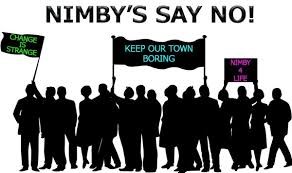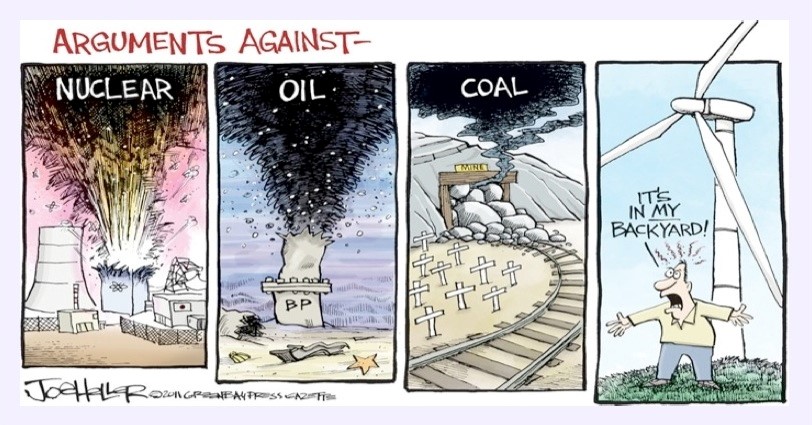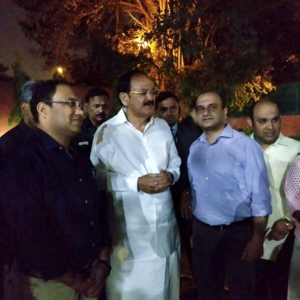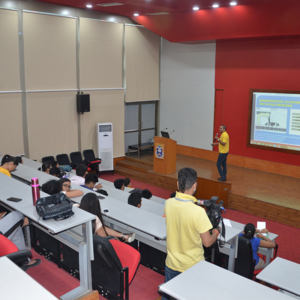NIMBY (Not In My Backyard)
The term NIMBY may not be very common in India but the phenomena are nonetheless quite prevalent. In layman’s term, it is the opposition by residents of a community or locality against any new development. The opposition may be due to fear of environmental hazards like waste effluent from industries, air pollution, noise pollution or even health risks. The development can be from any sector such as industries, flyovers, telecom operators (to set up towers), hazardous waste facilities or even the housing estates.
While NIMBY has been commonly reported in the Westernized countries, in India it is mostly seen as mass protests. The Sardar Sarovar Dam construction (hydroelectric power) in Gujarat, Kudankulam Nuclear power plant in Tamil Nadu, setting up of the mobile tower by Reliance industries in a park in Mumbai are the well-known examples of NIMBY. The reason for NIMBYism among the common man varies. The hazards of radiation, deforestation, relocating the residents are most feared by people. There have been examples in the housing estate sector where the empowered people encroach lands and target the poor people. For the elites, such projects should not come up in their backyard, while for the poor it becomes a reason for protest.


NIMBYism is a phenomenon which can be seen from both sides of the same coin. We have to identify which side of the coin to support for the sake of our environment because ultimately it’s the environments that suffer. As Kerela is gripping with the fever of urbanisation, the problem of waste management is a serious issue there. The huge amount of waste generated in some cities (Kochi, Thiruvananthapuram, Kozhikode) is transported by the corporation to the nearby villages. But the battle began when the public and the village panchayats started opposing the dumping of waste citing reasons to live in a clean environment and the incapability of the cities to manage their own wastes.
Some residents also take NIMBYism too seriously when they do not throw their wastes in the designated place, and rather prefer to throw in some else’s backyard or yes the easier one…on the roads!!
Some residents also take NIMBYism too seriously when they do not throw their wastes in the designated place, and rather prefer to throw in some else’s backyard or yes the easier one…on the roads!!
NIMBYism is not right or wrong. It’s the opinion that matters!!
So how do we judge??
Any new construction should go through EIA (Environment Impact Assessment). The public hearing is an important step carried out during the process of EIA which may avoid mass protests in the future.
Public awareness is also important, especially in the case of waste management.
Any new construction should go through EIA (Environment Impact Assessment). The public hearing is an important step carried out during the process of EIA which may avoid mass protests in the future.
Public awareness is also important, especially in the case of waste management.

Tags : Air QualityNIMBY
ALL CONTACTS
- A-148, 2nd Floor, Gujranwala Town, Delhi - 110009
- +91 98188 91223
- donations@kib.org.in
SUBSCRIBE
Never miss out on any news and updates by Keep India Beautiful.
- Keep India Beautiful. Copyright 2024







